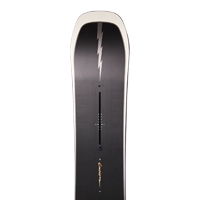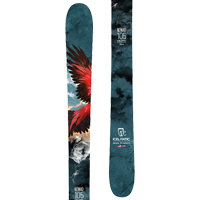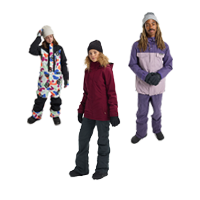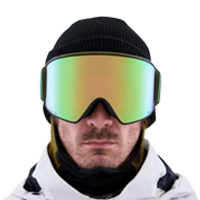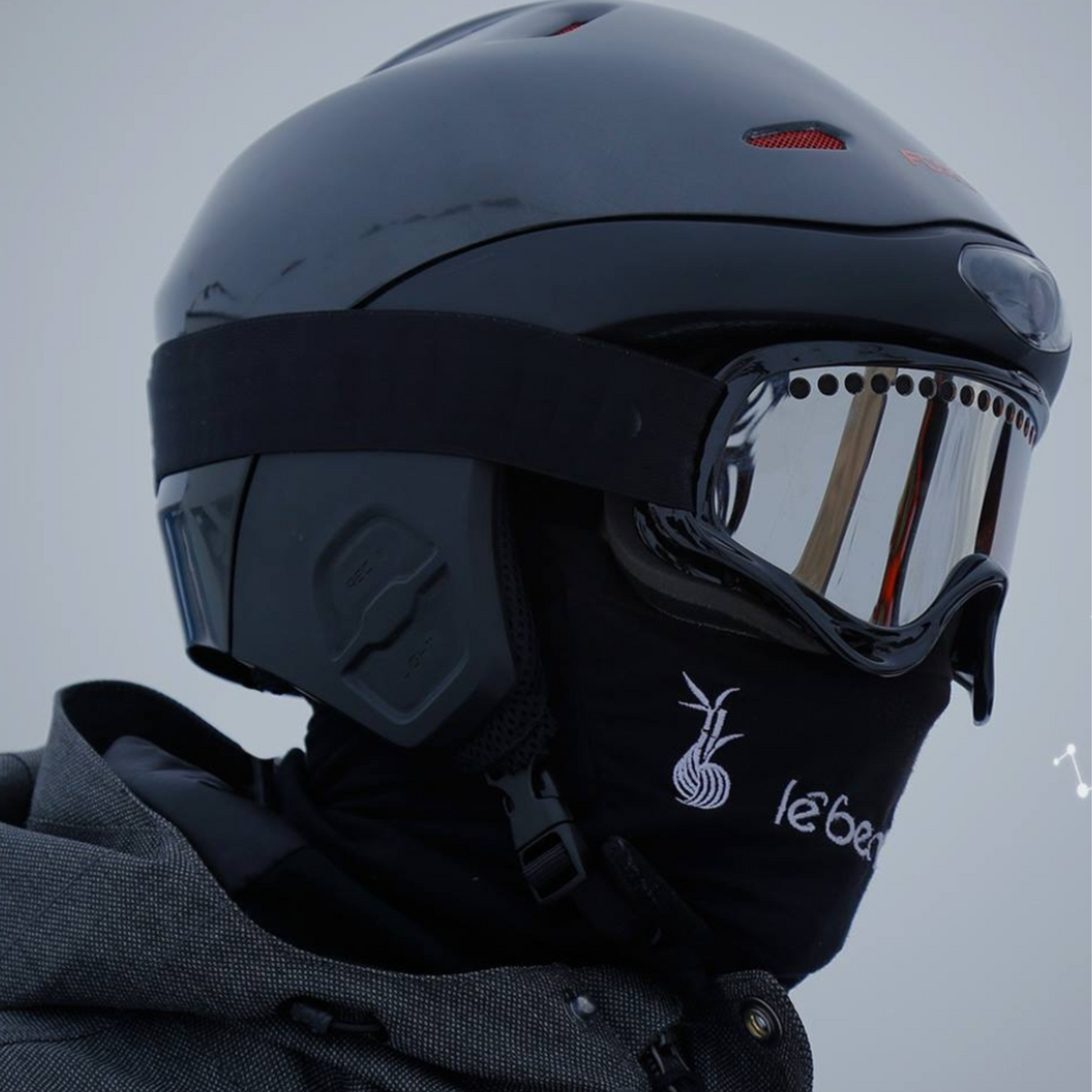SHOP OUR FULL RANGE OF SNOW HELMETS HERE
Finding the right helmet for your next mountain adventure has never been easier, with updated technology and styles to fit everyone's taste, it is the perfect way to give you the confidence to take your riding to the next level, and to protect your brain and keep you warm along the way!
Buying your first helmet can seem overwhelming, especially with all the options to choose from. Here is our guide to finding the best fit for you, to enjoy a comfortable and safe trip to the mountains.
Size & Fit
The best way to ensure a great fitting helmet is to come in store and speak to our friendly staff, although we understand that is not always possible. If you are looking to buy online, here are some tips to ensure you get the best fit the first time you buy.
The first step is to get a solid measurement of your head. Take a soft measuring tape, and place it about 3cm above your eyebrows, and measure around to get the circumference of your head. This will help you decide which sizing bracket you will fit into. Some brands use different sizing brackets, so it is important to double check with the sizing guide on the helmet you are looking to purchase.
Once your helmet arrives, the next step is to try the helmet on and see how it fits. The helmet should feel snug all the way around, and there should be no space between the helmet and your head. The helmet should fit comfortably, with no pressure points or pain in any areas.
To go further, shake your head around with the chin strap on and notice if the helmet moves on its own. If so, the helmet may be too loose which can be adjusted either within the helmet, or you may need to go down in size. The helmet should be comfortable enough to want to wear all day.
These rules also apply to fitting helmets for kids. It is important to ask these same questions, as we want them to be excited to wear their helmet and enjoy their ski holiday! The most important thing to remember about buying a helmet for children is that you do not want to allow for room to grow. If the helmet is too large, it will not be secure or safe. All kids helmets come with some adjustable measures, but it is important that the helmet is secure.

Adjustable Fit Systems
Almost all modern helmets on the market come with an adjustment system. This allows for those days you might be wearing a balaclava or a beanie under your helmet, those crazy hair days, or just to make the helmet fit a little nicer.
The wheel or ‘Boa’ system is one of the more common adjustability systems you will see in our product range, as it is lightweight, fast, secure, and gives the ability to adjust your helmet through the day without having to take it off. With the turn of a dial, you get even, fine tuning adjustability to make sure your helmet fits nice and snug.
Some helmets also come with extra padding to add thickness to the interior of the helmet, and to also add comfort to certain areas where there may be slight points of pressure. These pads are also great if you are planning to wear a beanie under your helmet on those colder mountain days.
It is also helpful to make sure your helmet fits well with your goggles, and visa versa. Your helmet should fit comfortably, with no gap between your goggles and your helmet, however, your helmet should not push your goggles down low enough to hinder your vision. It is always a great idea to bring your goggles in store to try on with your helmet to make sure they are your dream combo, and to make sure everything fits together nicely.

Construction
Helmets are designed for a single large impact, or to help in any incident where something sharp or hard may come in contact with your head. This could be something like a rock or a tree branch if you are getting some turns in the trees. If impact occurs, the hard foam inside the helmet may collapse or crack to soften the impact, in which case your helmet should be replaced as it is no longer safe to use, and its future effectiveness will be compromised. Remember buying a helmet is a worthy investment for your brain health, and to keep you shredding for the long run!
Most helmets are made from expanded polystyrene (EPS), which is a lightweight and durable foam liner, designed to absorb the shock of an impact. The firm outer layer of the shell is made from Acrylonitrile Butadiene Styrene (ABS), which is a hard thermoplastic, to protect from those hard or sharp objects.
In-mould helmets utilise a thin, ABS plastic outer shell that is moulded to an EPS foam liner. These helmets allow for less rebound during an impact, as that EPS liner collapses. In-mould helmets tend to be lighter in weight, and involve a single moulding process. These helmets also usually have a greater ventilation system. These helmets are designed to take a single hard impact.
Hard Shell ABS helmets use a thick, tough ABS shell that is pre formed and glued onto a hard foam interior and liner. These helmets offer a good protection from impact, and are usually a little more budget friendly. However these helmets typically run a little heavier in weight and offer less adjustable venting options.
Hybrid helmets are the middle man of the above two. Hybrid helmets only place the ABS plastic on potentially high impact areas of the helmet, to limit the overall weight of the helmet. These hybrid designs offer the comfort of the in-mould shell with the safety of a hard shell.
MIPS (multi directional impact protection system) is a new technology which is being adopted by many brands, and is available in a variety of different helmets. This yellow plastic harness system lays between the foam and comfort liner in the helmet. MIPS replicates what your skull does for your brain, and allows for independent movement when it takes an angled blow. The revolutionary safety system reduces the trauma of rotational head impacts, and is always a nice thing to look for when choosing the right helmet for you.

Venting
Almost all helmets have a venting system in place to allow excess heat and moisture to escape when you are working up a sweat on the hill. The venting systems pull air away and help to prevent fogging in your goggles.
Fixed venting is generally a simple design and cannot be adjusted. Each company has these fixed vents in different locations where they seem best fit the helmet construction. These pre-placed holes allow this air to escape, and is the cheapest and simplest system on the market, but for some individuals it might be all they need.
Adjustable venting allows the rider to open or close to fit the needs of the individual, or the weather conditions around them. These vents may be adjustable by different mechanisms like plugs, sliders, or one push buttons.

Types
Half shell helmets are the most popular choice amongst riders on the mountain. These helmets have soft ear pad protection, which often is removable and offer better hearing and comfort whilst on the hill.
Full shell helmets offer full protection coverage, and are a common choice amongst elite ski race athletes. These helmets offer protection coverage on the side of the head and ears, and are often a choice for young kids. However these do hinder your hearing on the hill and will be on the heavier side, compared to half shell helmets.

Replacement
It is recommended to replace your helmet every 3-5 years, due to the breakdown of materials caused by exposure to sweat, hair products, cleaning chemicals and general exposure to the elements. Helmets that are lined with EPS foam necessitate replacement after a single crash, or if dropped from 50cm+, as this impact can compromise the safety of the helmet.
Helmets that are EPP (Expanded polypropylene) lined have a slightly lower safety threshold, however they don't need to be replaced after every crash, and are designed to withstand multiple mild to moderate crashes. However it's important to check your helmet to ensure foam is still fully intact, showing no signs of compression of the foam, and no cracking through the liner.
Remember that helmets are not built to last a lifetime, and your health is what is most important.
Safety Rating
It is valuable to check the safety rating of the helmet you intend to use during your winter holiday, as not all general helmets are approved for skiing and snowboarding. The safety rating you are looking for is “EN 1077A/B” or “CE EN1077”, which are the approved safety rating for helmets intended to be used for skiing and snowboarding globally.
Personal Preference
After all things considered, this is the fun part! Finding a helmet that fits your style that you are happy to wear everyday is essential. All our helmets come in a variety of styles and colours, all you need to do is find one that is the most YOU! There are helmets with and without a brim, removable earpads, magnetic chinstraps, in audio systems, and even helmets with a built in goggle visor.
Take the time to find the right helmet for you, and enjoy your winter adventure with the confidence and piece of mind knowing you are protected. All that's left now is to strap in and enjoy the ride!
Shop our entire winter helmet range here.
